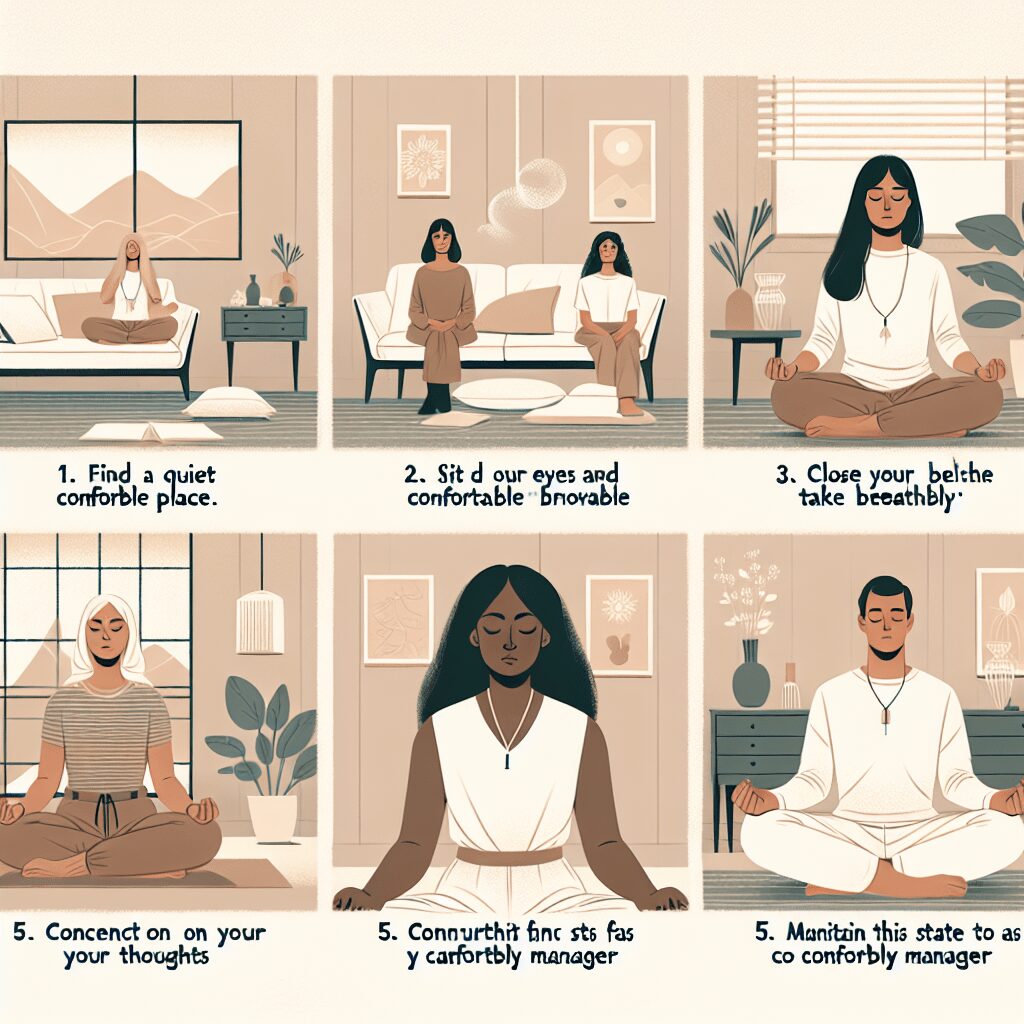
Prioritize your mental well-being daily. Enhance your life by nurturing your mental health with the Smart Meditation app. Break free from stress, alleviate anxiety, and enhance your sleep quality starting today.
How Long Before Yoga Helps With Anxiety?
Finding Zen Through Yoga: A Timeline to Tranquility
In our high-speed world, anxiety seems to be as common as the common cold. And speaking of remedies, more and more folks are turning to yoga, not just for its physical benefits but for its proven mental health perks as well. But, just how quickly can you expect yoga to start dialing down your anxiety levels? Let’s bend into the details and find out.
The Journey Begins: Yoga’s Immediate Impact
You might be surprised to learn that yoga begins to weave its calming magic from day one. Seriously, even after your very first session, don’t be shocked if you feel a noticeable drop in your stress levels. This isn’t just hearsay; it’s backed by science. Research suggests that even a single yoga session can significantly decrease cortisol levels, the notorious stress hormone.
Now, before you get too excited, it’s crucial to understand that while the immediate effects are real, they’re often subtle. You’re not going to walk out of your first class feeling like you’ve been reborn into a world devoid of stress. However, many new yogis report feeling more relaxed, more at peace, and yes, less anxious, even after just one class.
The Long Haul: Building a Foundation of Peace
So, we’ve established that yoga starts working its magic from the get-go. But what about the long run? When can long-term practitioners expect to see a significant improvement in their anxiety levels?
Well, here’s where patience and persistence come into play. Bluntly put, Rome wasn’t built in a day, and neither is a mind free of anxiety. Most experts suggest that a consistent yoga practice of at least 8 to 12 weeks is when the more profound, longer-lasting effects start to kick in. During this period, the combination of physical poses, breathing exercises, and meditation can help recalibrate your stress response system.
However, it’s not just about marking days off a calendar. The benefits you reap from yoga are closely tied to your level of engagement with the practice. It’s about the journey, not just the destination. Here are a few milestones along the way:
- The First Month: You’re getting the hang of it, maybe even looking forward to your classes or home sessions. You’re likely noticing minor improvements in your mood and stress levels, especially on days you practice.
- Month Two and Three: By now, you’re starting to see the bigger picture. The consistency of your practice is paying off with more noticeable and lasting changes in your anxiety levels. You might find yourself more centered, more mindful, and less reactive to stress.
- Beyond Three Months: Welcome to the deeper benefits of yoga. With continued practice, these benefits can expand, leading not just to reduced anxiety but also to enhanced overall well-being.
Tailoring Your Practice to Your Needs
Remember, not all yoga is created equal, especially when it comes to managing anxiety. While almost any yoga practice can reduce stress, styles like Hatha, Yin, and Restorative Yoga are often considered best for anxiety due to their slower pace and focus on relaxation.
In conclusion, while yoga can start to alleviate anxiety from day one, the most profound benefits are often felt with regular, continued practice over weeks and months. The key is consistency, patience, and finding the style that resonates with you. So, roll out your mat, take a deep breath, and embark on a journey to a calmer mind and a less anxious you.





